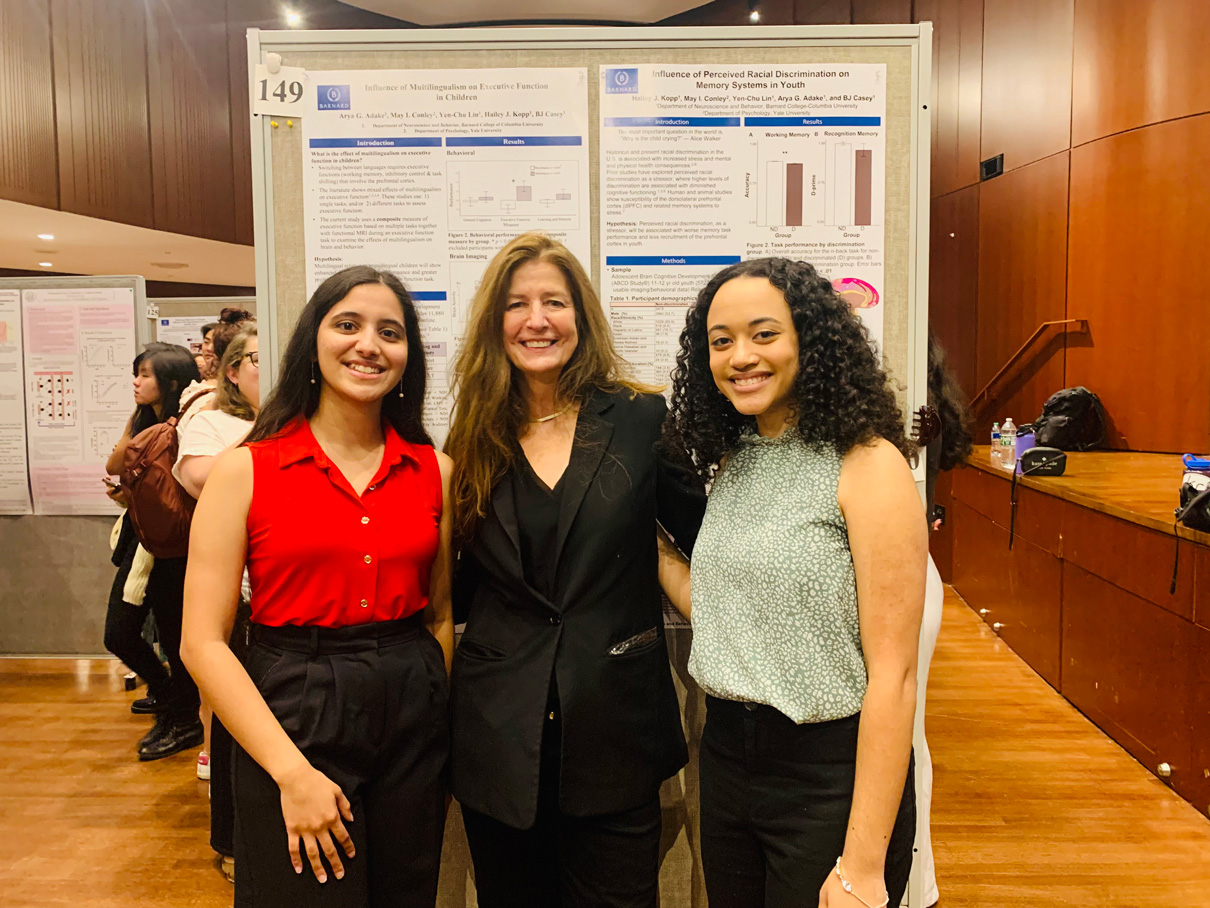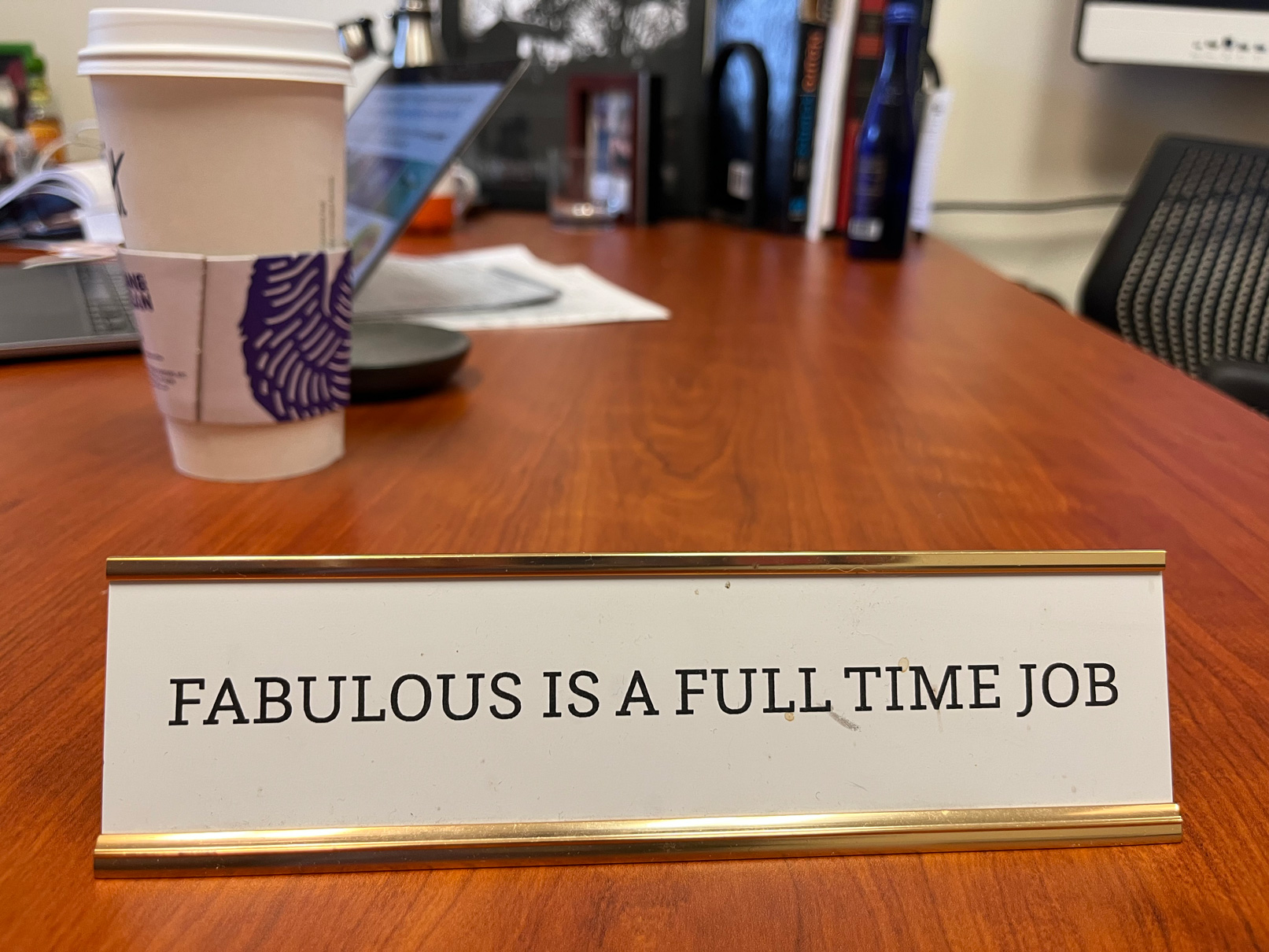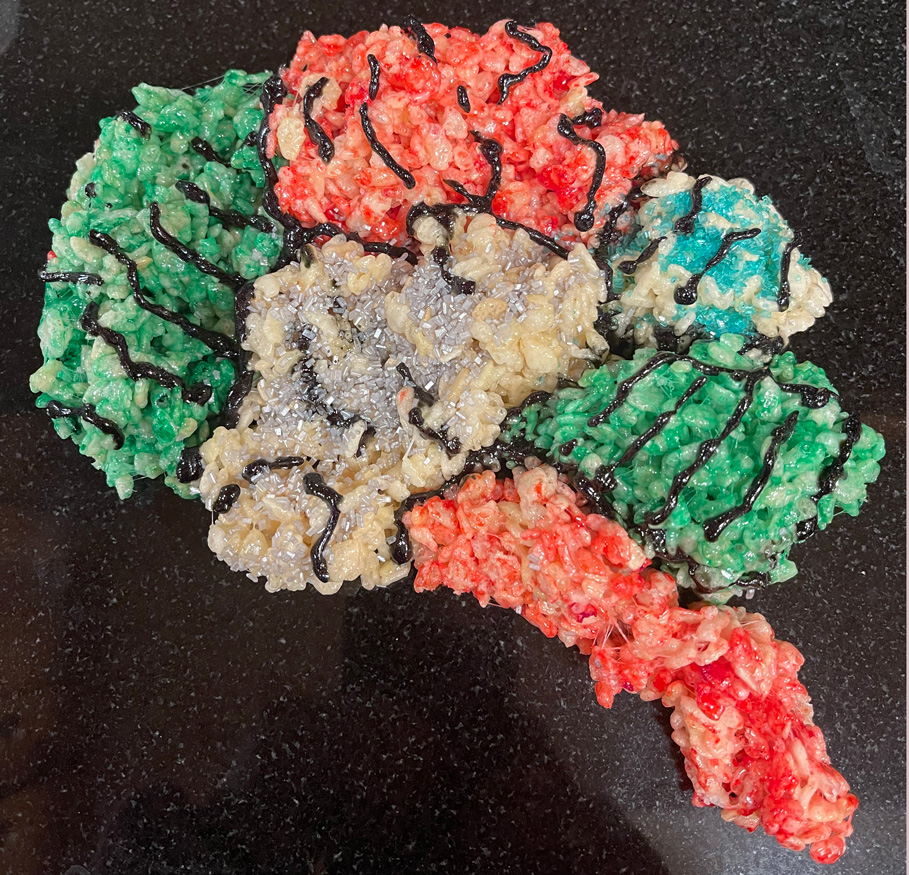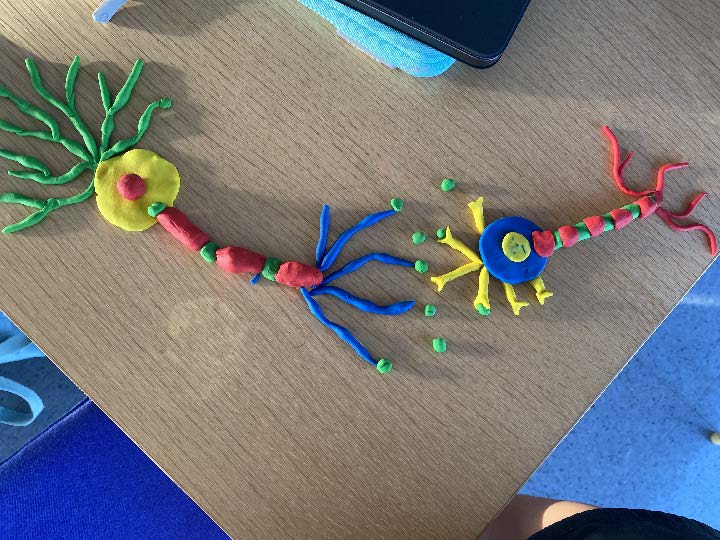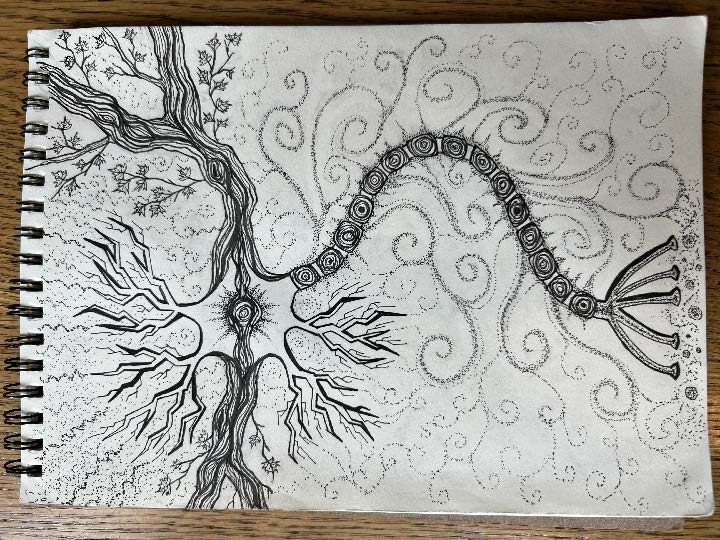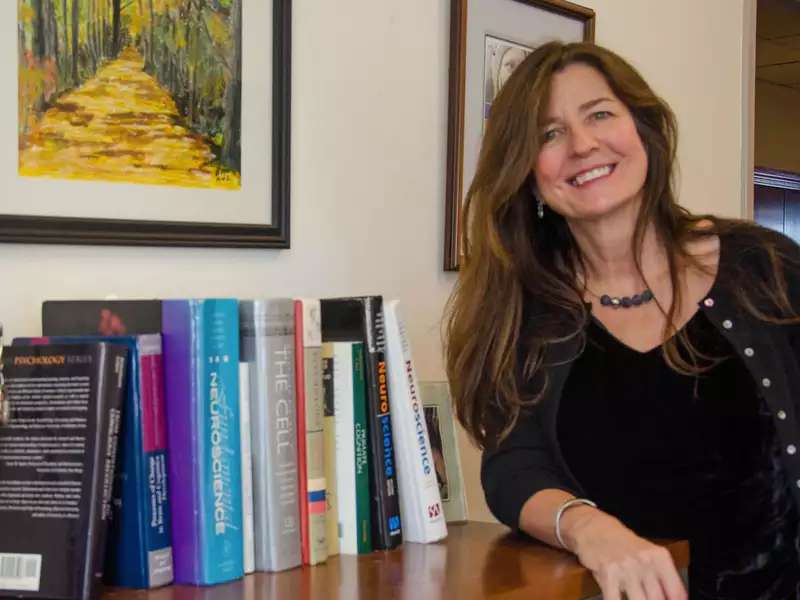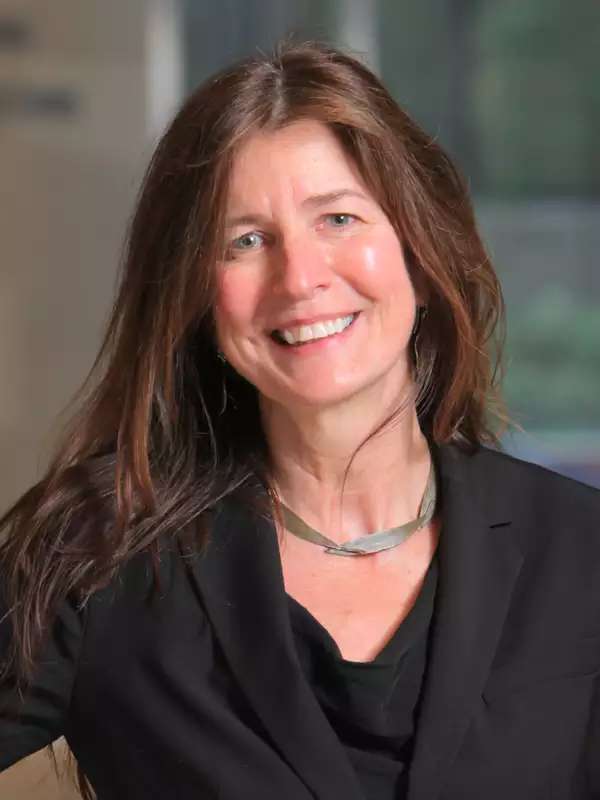Growing up in the small rural town of Kinston, North Carolina, BJ Casey — the Christina L. Williams Professor of Neuroscience — felt like everything was a science experiment. As a child, she used to compare the different varieties of corn and sweet potatoes that her family grew on their farm.
Around age 11, Casey began working with special needs kids at Gordon Street Christian Church in her hometown, where she became fascinated with human behavior. Her scientific curiosity has followed her everywhere, from Kinston to New York City.
“Everything, from watching couples interact to watching individuals negotiate the subway — I wanted to understand why,” she said.
That is the question Casey has dedicated her decades-long career to answering. When she joined Barnard’s Department of Neuroscience and Behavior in July 2022, she brought her passion for research on the adolescent brain and cognitive development.
As a scientist, she has made major advances in the magnetic resonance imaging (MRI) field and helped to guide juvenile justice reform by pioneering neuroscience research that is used by lawyers and judges in legal cases. During her six-year tenure at Yale University, she was a co-principal investigator on the largest study in the United States on brain development and health, which followed 12,000 youth over the course of 10 years.
Casey is also a dedicated teacher and, at Weill Cornell Medicine, proudly mentored Barnard alumnae Nim Tottenham ’96 and Adriana Galván ’01, both of whom, Casey said, significantly contributed to her work. She’s also helped current Barnard students find their footing in STEM at the Summer Research Institute (SRI).
Her former students span generations but have one thing in common: They’ve all been a part of Casey’s research lab, now known as the FABLAB (FAB stands for “Fundamentals of the Adolescent Brain”), which she brought to Barnard from Yale. “The name reflects all of my mentees, as they are all FABulous,” Casey said.
In recognition of her mentorships, the Society for Neuroscience (SfN) announced Casey as the recipient of the Mika Salpeter Lifetime Achievement Award on October 30. The honor recognizes an individual with significant career achievements who has promoted the professional advancement of women in neuroscience. She will use the $5,000 that accompanies the award to host more networking events to provide women in neuroscience a space to connect with each other.
“This really is an award for all the accomplishments of my mentees that I’ve had the wonderful opportunity to work with,” said Casey.
In this Research Reflections, Casey discusses the science and mentoring that earned her this recognition — and what she has planned for the future.
What does this award mean for your future work in the field?
I’m hoping it will reinforce what my mentees are already doing, which is great science and great mentoring. My real passion right now is to ask myself, ‘If my science isn’t making a difference in the world, then why am I doing it?’ So continuing to work to inform juvenile justice reform is going to be really important for me.
And being back in New York, there are a number of different foundations and opportunities to work more closely with the formerly incarcerated, and also with legal counsel, parole officers, and judges, to help inform them about the adolescent brain and learn from them so that I know other directions I can take my research that are more impactful.
This award recognizes a mentor for young women. How have you helped your students excel in neuroscience over the course of your career?
When you have mentees, everyone is mentoring everyone. Even a high school student can come in with something unique to contribute — postdoctorates do, graduate students do. Throughout the decades, if there is a scientific meeting, or a former mentee in New York, I’ll have a social gathering where I’m networking generations of my former mentees. This connects them with an even broader network. That has been empowering because I think it’s often the case that women don’t promote themselves as much as men in science. What I’ve tried to facilitate is this natural networking.
Artwork from students in Casey’s Introduction to Neuroscience course
Why is it so important for women to study neuroscience?
Science is still pretty male-dominated. There’s been work to show that manuscripts that are published by males tend to be cited more in science, and so [it’s really about] trying to network women in a comfortable way for them. Pushing them beyond even what they think their potential is and saying things like, ‘Take a risk, take the opportunity, and who better than you in terms of what you’ve done?’ is very important.
What’s on the horizon for your research with students?
I think that neuroscience has been siloed in the laboratory. We haven’t thought as much about social structures and how [they] can impact how we function. I have one student, Hailey Kopp ’25, who is interested in looking at the role of structural racism on development of the brain and brain function. Based on research from her SRI project, Hailey hypothesized that, like chronic stress, perceived racism can impact memory and underlying brain systems. These findings highlight the importance of alleviating structural racism, given their impact. There is always the potential for change in the brain, behavior, and hopefully society.
Looking back at your outstanding career achievements, which the Mika Salpeter award recognizes, what work are you most proud of?
Early on, I was most well known for advances in MRI, where we could begin to look at the function of the brain noninvasively. I used that technology to ask questions about how we become who we are, really looking at the behaving brain in action and to understand that and how that changes across development. We published some of the first studies using this methodology, and I think that helped to facilitate a field that was beginning to emerge in developmental cognitive neuroscience.
The other is my work on the adolescent brain. Not only how we treat young people in our legal system, but I’ve done a lot of work in terms of how we treat the developing brain versus the developed brain, with regard to mental health disorders. That’s an area that’s been really important and one that I think several of us have been able to facilitate.
